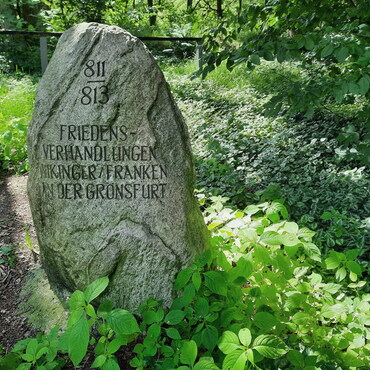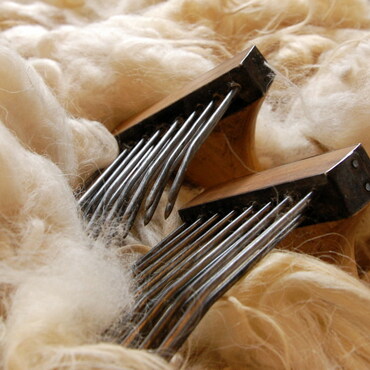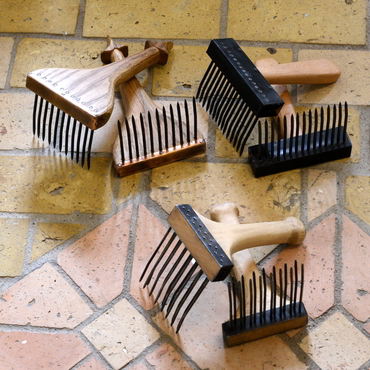We went to Frankfurt together with Gisli and Ylgja from Dreki Her Flokka. After we celebrated the friendship on Friday evening with the usual fermented stuff, we went to the old cloister buildings which house the Archaeological Museum - filled with curiosity, expectations and partly some headaches. The exhibition starts in the museum hall. Unfortunately, the Danish Museum does not allow to take any photos of the exhibits, so there won't be any pictures of them here (edit: the pictures that can now be seen with this blog post and the following one as well were shot in December 2018 at the National Museum in Copenhagen).
The exhibition's main focus lies on the religious practices in the North and the contemporary situation in the Frankish Realm - the latter creates the regional connection since Scandinavian cult sites are compared with royal palaces in and around Frankfurt. Another connection is a children double grave dated to the 8th century AD which was found beneath Frankfurt Cathedral. One of the children had been identified as northern-pagan due to the form of burial (cremation in a bear skin).
The exhibition does not start in the Viking Period but in the Early Roman Iron Age. Early contacts between Denmark and the continent are illustrated using the chiefly residence at Hoby as an example. Mythological depictions on a Roman bronze bowl, which was found there among other precious tableware objects, suggest parallels between the Roman Goddess Venus and the Northern Goddess Freyja. Going forward in time, special aspects of the princely residence at Gudme (ca. 200-600 AD), the Royal court and palace Frankfurt (500-1100 AD) and the royal residence at Tissø (550-1050 AD) are highlighted. The Northern people's religious practices (Sacrificial feasts, cult sites, mythology) and appearance are being illustrated using chosen exhibits (e.g. amulets) and excerpts from contemporary historical sources. The connections to the ruling elite and its duties and responsibilities concerning the religious practices, as well as the continually intensive exchange of merchandise and - to a certain degree - ideas between the North and the Frankish Realm are particularly emphasized.
The disappointment of not being allowed to take one's own pictures was softened by the fact that the exhibition's catalogue (German and English) can be purchased for a fair price in the museum's shop. And if one buys the small puzzle magazine to the exhibition for 1€, solves the riddles and shows the result at the shop, one gets a replica of a Frankish coin (minted under Ludwig the Pious, 9th century) - perfect for the early medieval purse.
The exhibition is not that big and one could "see it all" within half an hour or so. But those who look and read carefully (the texts are in English as well) need somewhat longer - it took us around 3 hours. We all think that it is well made, both the thematic range and the choice of exhibits. Since it's still going until the 6th June, we wholeheartedly recommend a visit. You can get more information on the Archaeological Museum's website.



